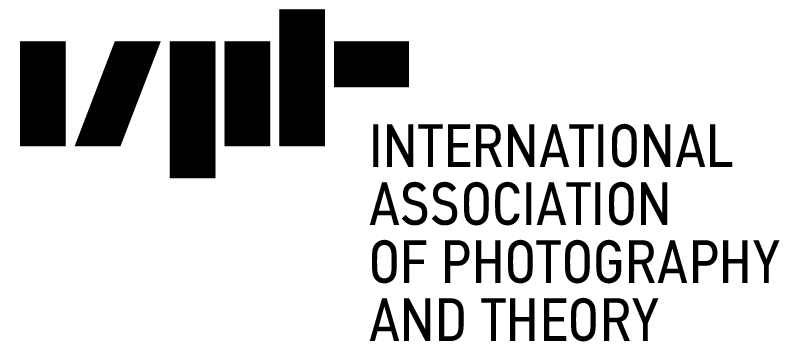Photography and Information Technology
Open Call for Papers
University of Lausanne (UNIL), November 16–17, 2017
Deadline: Mar 31, 2017
Photographs tend to exist in masses. They are a driving force of mass consumerism, and ever since the invention of the medium, the industry has produced numerous devices for accelerating the production, storage and diffusion of photographs, including the film roll, the memory card, small format and digital cameras, chronophotography, wire images, and rotary printing. In parallel, techniques and standards for handling, organizing, and making sense of these ever-increasing collections have been developed or adapted to photography, including iconography, registries, card catalogues, library classification systems, data banks, and algorithms as well as arrangements for juxtaposing photographs such as contact sheets and atlases. Sometimes, photographs act as objects that constitute a collection; sometimes, photography instead functions as a mechanism of conveying material of various sources and provides access to it, as is the case with microfilm, for example. Today, the indexicality of digital photography (André Gunthert) provides additional tools for penetrating the image and associating data with that image; thus, digital photography offers new ways of managing and accessing great quantities of images and of potentially creating knowledge. For this conference, we seek papers that reflect on the history of photography as a history of collecting, processing, and producing vast data sets. What can be learned from thinking about photography not only as an artistic or amateur practice and not only as (a set of) individual images, but as an information technology? How may that concept add to the present scholarship on the scientific and educational dimensions of photography?
The questions we seek to consider, among others, are:
How did processing masses of photographs contribute to the creation of knowledge in the humanities and natural sciences?
What technologies and methodologies have allowed for the amassing and circulation of photographs?
What does mass do to an organizational system?
What similarities or differences exist between analog and digital materiality, and between the practice of the file card and the data set?
How did photography interact with sound or moving images, and what can be learned from these or other media and their media theories?
What are the limits of processing photographs? What can be automated, and what cannot? What status is given to the human factor and subjectivity?
How does the digital respond to the image–text gap, which, on the one hand, is conducive to the power of an image and, on the other hand, contributes to its opacity?
How does one navigate the difficulty of developing organizational structures that are stable enough to accommodate masses of images and, at the same time, meet the need for a critical mass of images, or big data, to achieve comparability and representativity?
Submission Guidelines
Papers from all relevant disciplines, historical time periods, and methodological or practical perspectives are welcome.
Please respond to: Estelle.Blaschke@unil.ch before March 31, 2017.
This conference is a collaboration between the Department of Film
History and Aesthetics (UNIL), the Center of History of Culture:
Literature, Arts and Society (UNIL), the College of Humanities (EPFL),
and the Doctoral Program in Digital Humanities (UNIL-EPFL).
It is organized by Estelle Blaschke, Olivier Lugon and Davide Nerini as part of the SNSF-research project “Encapsulating World Culture: the Rise and the Imaginary of Microfilm (1920s to 1950s).”
Reference / Quellennachweis:
CFP: Photography and Information Technolgy (Lausanne, 16-17 Nov 17).
In: H-ArtHist, Jan 25, 2017.
